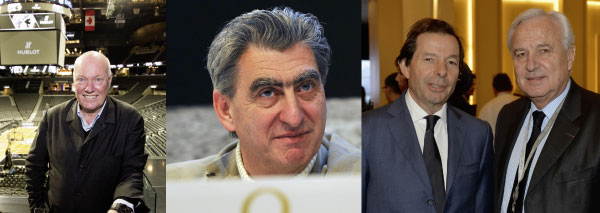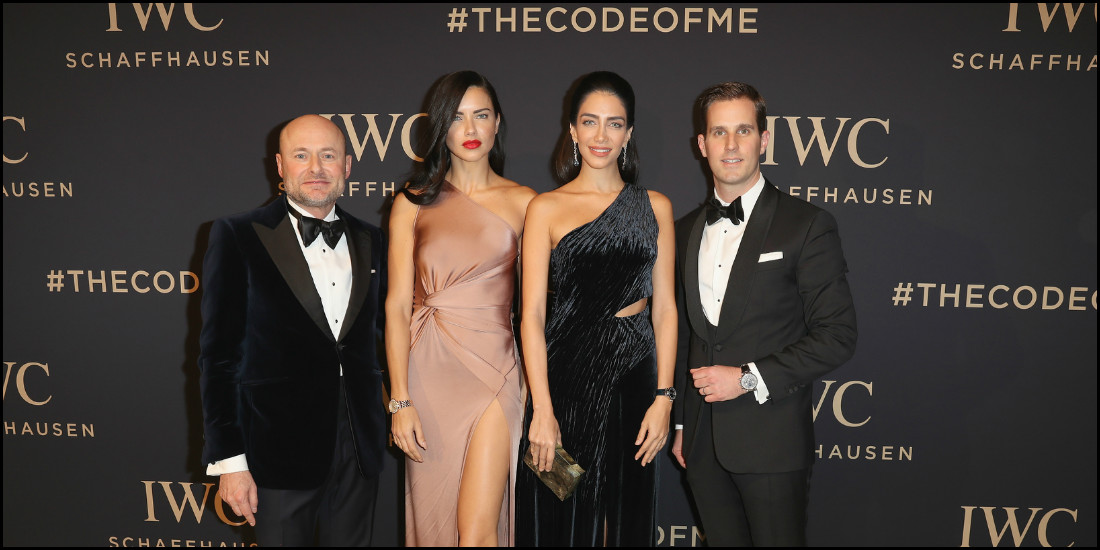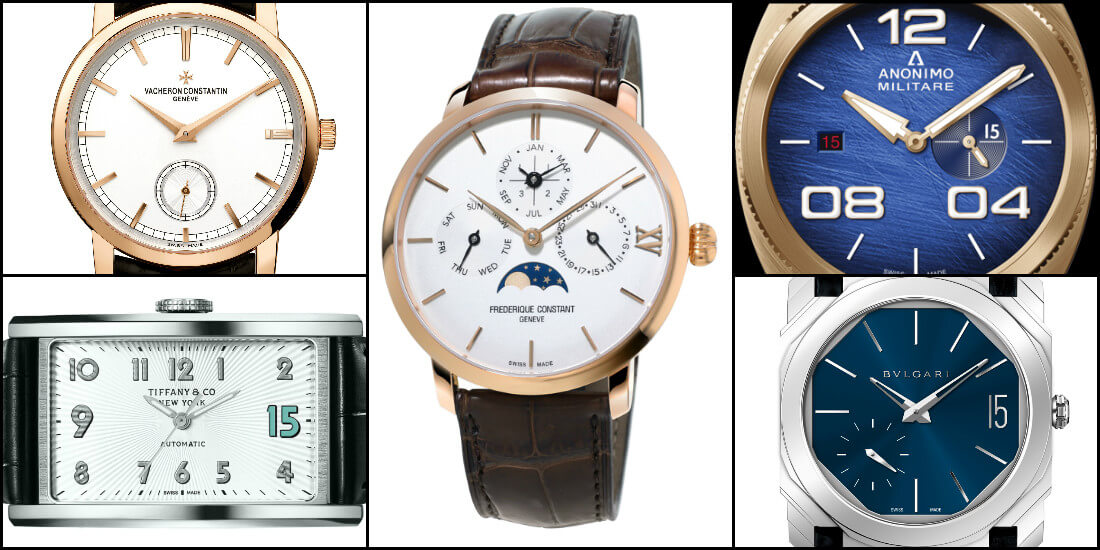
Causes
The background to these financial results is the economic reality. In 2013, the GDP increased by 7.7% in China, stagnated in the Eurozone and rose by 1.9% in the United States, where renewed economic growth created a lot of hope. But these figures are not automatically reflected in watchmaking exports. In 2013, sales outside Switzerland increased by 1.9% in terms of value reaching a total of 21.8 billion francs. This was in spite of pronounced declines in two of the main markets. In fact, Hong Kong decreased by 5.6% and China by 12.5%. Germany, Italy, Japan, Korea and the United Kingdom took over on the growth front. Swiss watches and the high end remain at impressive levels – in fact the best ever achieved. And into this ambiguous climate came a troublesome federal vote. On February 9th, the Swiss population voted in favour of the implementation of immigration quotas, which will have a direct effect on cross-border workers. The staff of watch brands live on the opposite side of the frontier barriers – both French and Italian – in large numbers. This could be one of the greatest challenges that the sector will have to face in the next few years.
Effects
The 24th SIHH took place from 20th to 24th January in Geneva and showcased two main trends. First of all, we are getting closer and closer to watch equality. The ladies’ offer is varied, rich and of excellent quality. On the men’s front, refinement is the order of the day with the introduction of a large number of watches incorporating artistic crafts. The salon also has a number of
“pilot fish” brands aiming to reap “fringe benefits” : many other brands exhibit in Geneva during the same week so as to take advantage of the presence of international retailers, although their number showed a sharp drop this year. Many independent firms opted not to return, even to what had previously been the biggest alternative fair, the Geneva Time Exhibition and which was therefore cancelled.
Amongst the big players at this watchmaking fringe festival, brands from the LVMH Group took individual decisions on their strategy. TAG Heuer did not present its innovations at the
Halle Sécheron as it usually does, while Zenith and Hublot occupied the Grand Hôtel Kempinski, where Jean-Claude Biver had established his headquarters. The President of Hublot is now responsible for the watch brands belonging to the LVMH Group – an appointment possibly motivated by the above-mentioned results ?






